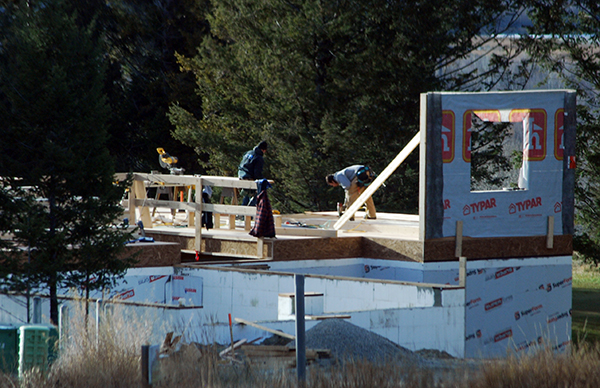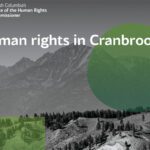Home »

Code changes include support for taller wood structures
New updates to the B.C. Building and Plumbing Code (B.C. Building Code) support innovative construction methods to help build more affordable homes faster, while enhancing building standards for energy efficiency and safety for British Columbians, says a Nov. 21 Ministry of Municipal Affairs and Housing media release.

“People deserve to have a safe, affordable and secure home, and we are working to make that a reality for all British Columbians,” said Selina Robinson, Minister of Municipal Affairs and Housing. “These changes to the building code will help create more affordable housing, while ensuring buildings in B.C. meet world-class health, safety and energy efficiency standards.”
One of the changes to the building code enables local governments to allow 12-storey tall wood buildings, up from the previous limit of six storeys. Thirteen communities have signed on to be early adopters of tall wood buildings using mass timber technology.
“Increasing and finding new uses of British Columbia forestry products means we are creating beautiful energy efficient homes, while supporting jobs and local economies,” said George Heyman, Minister of Environment and Climate Change Strategy. “Changes to the building code to promote efficiency is part of our CleanBC plan to reduce emissions in new construction, while improving energy efficiency in existing buildings.”
Another change will help increase the supply of homes people need by allowing secondary suites in multi-family buildings, like thousands of duplexes and townhouses around the province.
The regulations also remove maximum size restrictions in the building code.
“Secondary suites are a critically important source of rental housing in communities across B.C.,” said David Hutniak, chief executive officer, LandlordBC. “We are pleased to see that the Province is extending the new regulations to existing buildings and is removing barriers to this form of rental housing.”
Additionally, new regulations for secondary suites will require fire separations between residences to improve safety for everyone in the homes.
Energy Step Code requirements have also been introduced for public sector buildings, such as hospitals, schools, community centres and university classrooms. This aligns with the Province’s CleanBC commitment to protect its communities and set B.C. on the path to a stronger, more sustainable future.
B.C. Building Code changes that enhance safety include:
* requirements for carbon monoxide detectors in commercial buildings and assembly buildings, such as schools, offices and places of worship;
* increased lighting in recycling rooms; and
* additional requirements for fire alarms and exits on roof-top enclosures, like patios.
The building code changes apply to building permit applications on or after Dec. 12.
The B.C. Building Code establishes minimum requirements for health, safety, accessibility, fire and structural protection, and energy and water efficiency.
The code applies to building construction and renovation throughout B.C., except for some federal lands and the City of Vancouver (the city has its own building bylaw).
New editions of the B.C. Building and Plumbing Code are based on the most recent edition of the National Building and Plumbing Code of Canada.
Online versions of the B.C. Building Codes are available free of charge and printed copies are available at a reduced rate, making it easier for students, contractors, businesses and local governments to access the code for their studies and work.
Lead image: Housing construction in the Columbia Valley. e-KNOW file photo
e-KNOW







